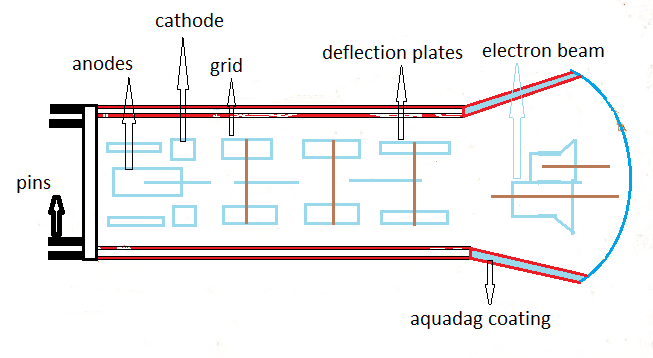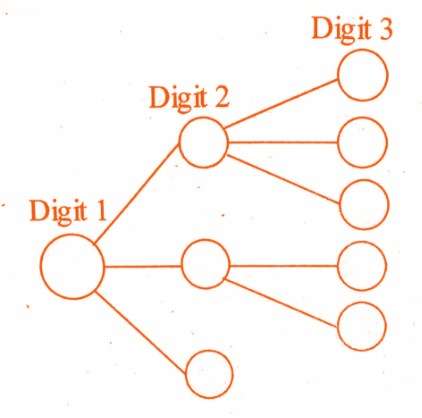IGES (Initial Graphics Exchange Specification) and STEP (Standard for the Exchange of Product model data) are two widely used file formats in computer-aided design (CAD) and computer-aided manufacturing (CAM) industries. These file formats are used for exchanging data between different CAD systems, enabling seamless data exchange and collaboration between different software applications and platforms.
IGES is a file format that was first introduced in the 1980s by the United States Department of Defense. It was designed as a neutral file format for the exchange of CAD data between different software applications and platforms. IGES is capable of exchanging 2D and 3D geometry, topology, and assembly information, making it an ideal format for exchanging data between different CAD systems.
STEP, on the other hand, is a more recent file format introduced in the early 1990s by the International Organization for Standardization (ISO). STEP is a standard for the exchange of product model data and is designed to enable the exchange of complete product information between different software applications and platforms. STEP is capable of exchanging a wide range of data, including 2D and 3D geometry, topology, materials, and manufacturing information.
Both IGES and STEP files are commonly used in the manufacturing industry to facilitate the exchange of data between different CAD systems. These file formats enable designers and engineers to collaborate more efficiently, reducing errors and improving overall productivity. IGES and STEP files are also used to transfer data between CAD systems and CAM systems, allowing for seamless manufacturing and production.
The advantages of using IGES and STEP files include:
- Interoperability: IGES and STEP files allow designers and engineers to exchange data between different CAD systems, regardless of the platform or software used. This enhances collaboration and communication, reducing the need for time-consuming and error-prone manual data entry.
- Accuracy: IGES and STEP files ensure that the data exchanged between different CAD systems is accurate and consistent. This helps to reduce errors and minimize the risk of misinterpretation.
- Efficiency: IGES and STEP files enable designers and engineers to work more efficiently by allowing them to reuse existing designs and data. This reduces the need for redundant work, saving time and resources.
- Flexibility: IGES and STEP files are flexible and can be used to exchange a wide range of data, including 2D and 3D geometry, topology, materials, and manufacturing information.
Conclusion: IGES and STEP files are important file formats in the CAD and CAM industries. These file formats enable seamless data exchange between different software applications and platforms, enhancing collaboration and communication between designers and engineers. The advantages of using IGES and STEP files include interoperability, accuracy, efficiency, and flexibility. As the manufacturing industry continues to evolve, IGES and STEP files will remain important tools for facilitating the exchange of data and collaboration between different CAD and CAM systems.




